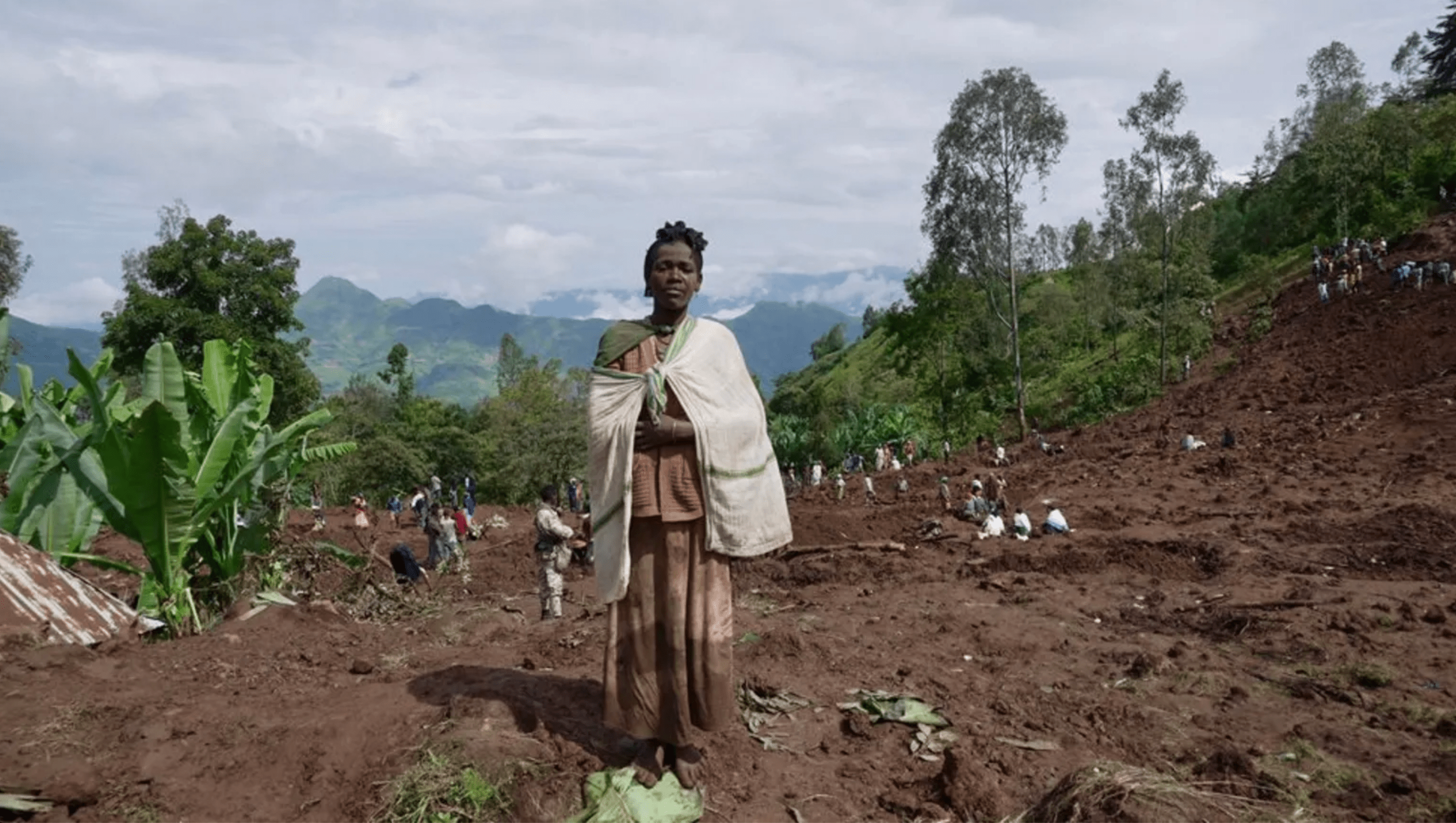SYDNEY – The earthquake that killed over 5 000 people on Indonesia’s Java island is linked to the one that triggered the deadly 2004 Indian Ocean tsunami and may signal the imminent eruption of a nearby volcano, an expert said yesterday.
Indonesia sits in a seismically active “ring of fire”, a region marked by regular volcanic and tectonic activity, and which bore the brunt of the December 2004 quake-generated tsunami which left more than 230 000 dead or missing. Edward Bryant, a scientist specialising in natural hazards at Australia’s University of Wollongong, said the tremor that generated the tsunami, Saturday’s quake and increased activity at nearby Mount Merapi are all likely linked.”Merapi itself is probably a product of the follow-up from the earthquake 18 months ago,” Bryant told Reuters.But Professor Richard Arculus, head of the Earth and Marine Sciences Department at the Australian National University, said it was not clear that Merapi’s activity caused Saturday’s quake.”The longer the interval between any major eruptive activity at Merapi and the recent earthquake, the more difficult it will be to prove any linkage,” he said.Merapi is just one of a chain of volcanoes sitting above the Indo-Australian tectonic plate, but it is historically one of Java’s most active.Located about 30 km north of Yogyakarta and about 50 km from the epicentre of Saturday’s quake, Merapi rumbled for several weeks before it spewed out clouds of hot gas on May 15, raining ash on surrounding areas.Bryant described Saturday’s 6.3 magnitude quake as probably a precursor to an eruption, and said there was often a link between medium or large earthquakes and subsequent volcanic eruptions when the volcanoes lie along fault lines or plate boundaries.”If that volcano is active, like it is, it can generate earthquakes around it as the magma or lava comes to the surface,” Bryant said.”It pushes and heaves the Earth’s surface up a bit and, if there are fault zones there that are susceptible to an earthquake, then they go,” he said.Bryant said more quakes in the region would increase the likelihood of a major eruption, possibly within six months.”That would indicate that the magma is moving up towards the volcano itself, or up towards the surface, and then that would be more of a worry,” Bryant said.He said a major eruption could produce enough gas and ash to have an effect as far away as Australia, as well as having a cooling effect on the global climate.”I think there’s a fairly good chance, it’s more likely to happen than not to happen,” Bryant said.”If I were the authorities in Indonesia, I’d be doing a little bit more than telling people that nothing’s happening.If I was on the slope of the volcano I’d be tempted to (move).”However he said it was possible activity could simply stop.Arculus said it was not easy to distinguish the links between earthquakes and volcanic activity, adding that he did not think Merapi’s activity had triggered Saturday’s quake.”The longer the interval between any major eruptive activity at Merapi and the recent earthquake, the more difficult it will be to prove any linkage,” Arculus said.- Nampa-ReutersEdward Bryant, a scientist specialising in natural hazards at Australia’s University of Wollongong, said the tremor that generated the tsunami, Saturday’s quake and increased activity at nearby Mount Merapi are all likely linked.”Merapi itself is probably a product of the follow-up from the earthquake 18 months ago,” Bryant told Reuters.But Professor Richard Arculus, head of the Earth and Marine Sciences Department at the Australian National University, said it was not clear that Merapi’s activity caused Saturday’s quake.”The longer the interval between any major eruptive activity at Merapi and the recent earthquake, the more difficult it will be to prove any linkage,” he said.Merapi is just one of a chain of volcanoes sitting above the Indo-Australian tectonic plate, but it is historically one of Java’s most active.Located about 30 km north of Yogyakarta and about 50 km from the epicentre of Saturday’s quake, Merapi rumbled for several weeks before it spewed out clouds of hot gas on May 15, raining ash on surrounding areas.Bryant described Saturday’s 6.3 magnitude quake as probably a precursor to an eruption, and said there was often a link between medium or large earthquakes and subsequent volcanic eruptions when the volcanoes lie along fault lines or plate boundaries.”If that volcano is active, like it is, it can generate earthquakes around it as the magma or lava comes to the surface,” Bryant said.”It pushes and heaves the Earth’s surface up a bit and, if there are fault zones there that are susceptible to an earthquake, then they go,” he said.Bryant said more quakes in the region would increase the likelihood of a major eruption, possibly within six months.”That would indicate that the magma is moving up towards the volcano itself, or up towards the surface, and then that would be more of a worry,” Bryant said.He said a major eruption could produce enough gas and ash to have an effect as far away as Australia, as well as having a cooling effect on the global climate.”I think there’s a fairly good chance, it’s more likely to happen than not to happen,” Bryant said.”If I were the authorities in Indonesia, I’d be doing a little bit more than telling people that nothing’s happening.If I was on the slope of the volcano I’d be tempted to (move).”However he said it was possible activity could simply stop.Arculus said it was not easy to distinguish the links between earthquakes and volcanic activity, adding that he did not think Merapi’s activity had triggered Saturday’s quake.”The longer the interval between any major eruptive activity at Merapi and the recent earthquake, the more difficult it will be to prove any linkage,” Arculus said.- Nampa-Reuters
Stay informed with The Namibian – your source for credible journalism. Get in-depth reporting and opinions for
only N$85 a month. Invest in journalism, invest in democracy –
Subscribe Now!






